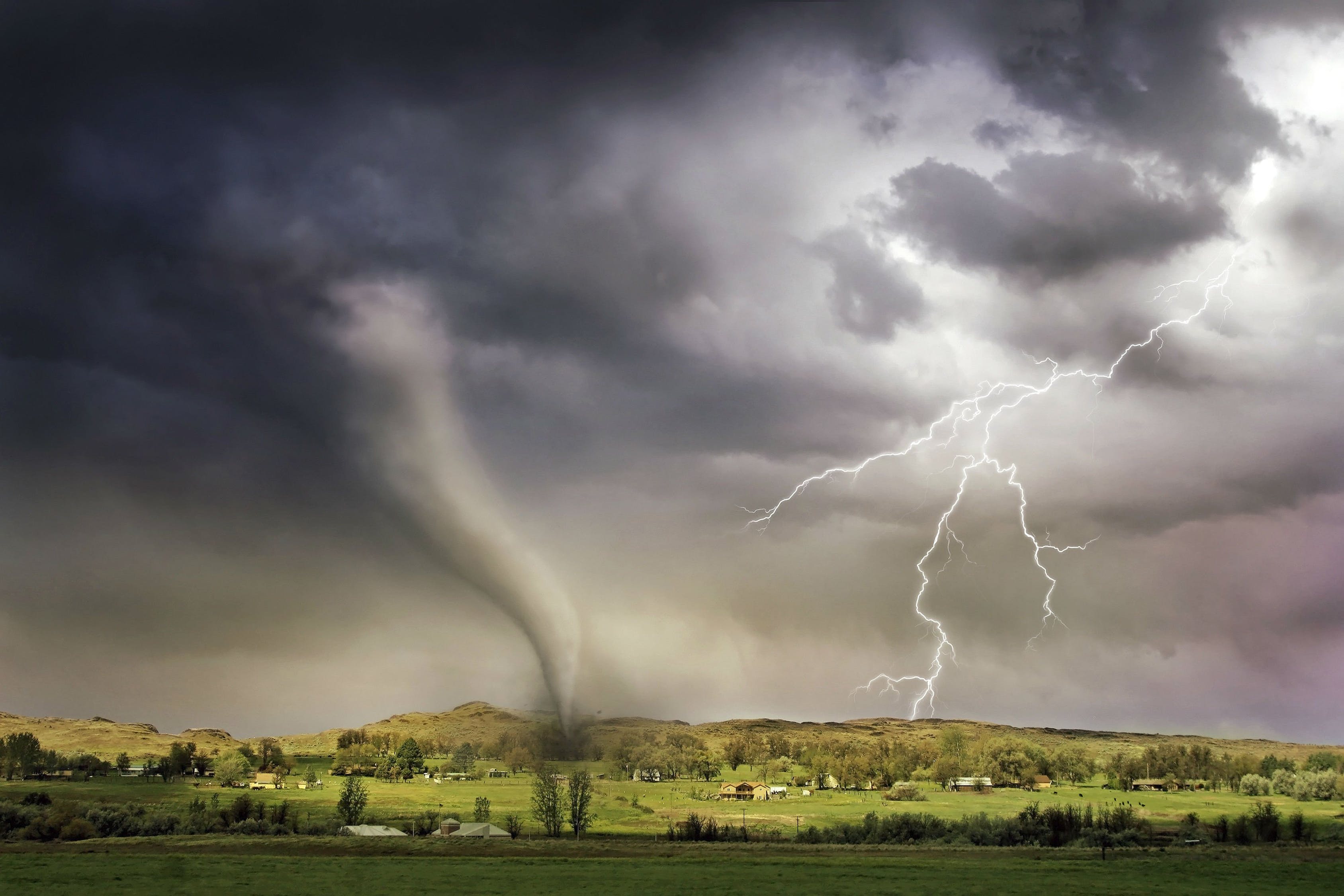As the spring storm season ramps up in the Mid-Atlantic, think about your own tornado plan.
A bad rain shower is bad enough; add in tornado activity and it can be downright terrifying. According to the National Oceanic and Atmospheric Administration (NOAA), approximately 1,200 tornadoes touch down in the U.S. every year. Here are some tips on how to stay safe next time a funnel cloud is spotted near you.
Watch vs. Warning
By definition, tornadoes are rotating funnels of air that can leave trails of debris and devastating destruction. They can occur at any time, so be alert for notifications on your local news channels during storms.
A tornado watch is a general announcement that your region is at risk for tornado activity and to be on the alert. A tornado warning means that one has been spotted in your immediate area and that you should shelter in place until the event clears.
East Coast storm activity tends to be worse during hurricane season, which is from June 1 to November 30 every year. Tornadoes, however, can happen during any type of storm, even a quick-moving rain storm just passing through your area. Tornado Tracker is a great resource for learning more about forecasts and up-to-date tracking maps for storms as they happen.

Courtesy of the American Museum of Natural History
Tornado Safety
NOAA is currently forecasting a wetter year than usual for the DMV. That means more rainfall, more storms, and potentially more chances for tornadoes. U.S. Tornadoes is also watching Arctic air masses as possible sources of increased storm systems this season.

Courtesy of the National Oceanic and Atmospheric Administration
If a tornado warning has been issued for your area, find a safe room in which to shelter in place. In general, this is going to be the lowest point of your home, located as closely to the center of the building as possible. The best spot will have few or no windows, and a bathroom is usually ideal.
Have a storm preparedness kit that you can bring into your safe room with you. It should include a blanket and pillows, your phone charger, a radio if you have one, and a flashlight. Don't forget a laptop, your car keys, and wallet! If you have children, try to grab some snacks and a comfort item like a favorite toy or stuffed animal. All you have to do is wait until the warning is officially lifted before carefully checking for damage around your home.
For more information on tornado forecasting for your region, visit NOAA's Weather Center website. You can also sign up for your local news station's app and stay on top of weather warnings on your phone.
The key to handling a tornado warning is to be prepared and remain calm. Make sure everyone in the family is aware of your tornado plan and be ready if the time comes to wait it out like a pro.
Do you have any tips for how to handle a tornado warning? Share them with us in the comments!
